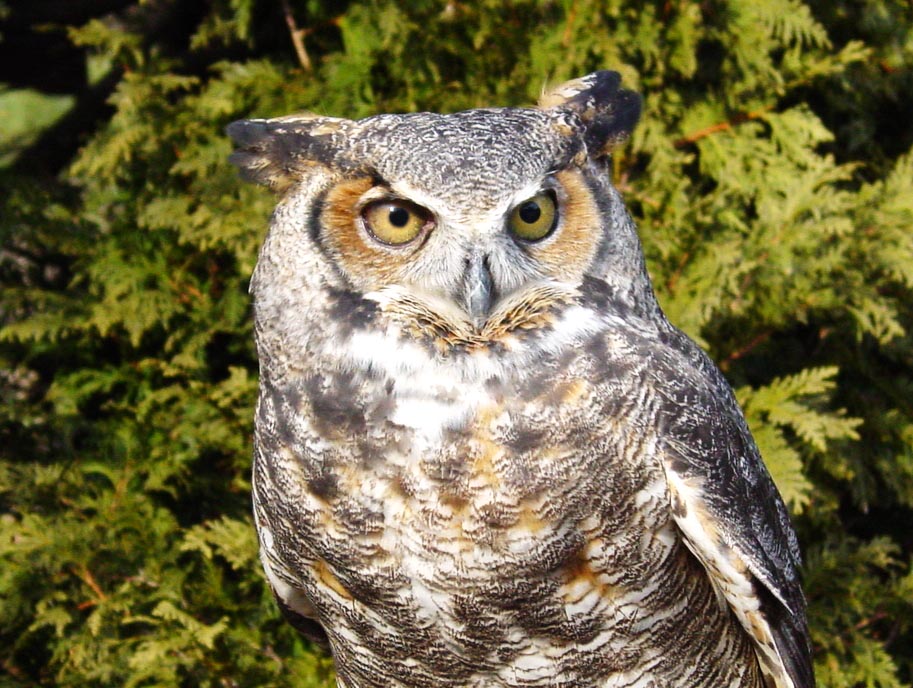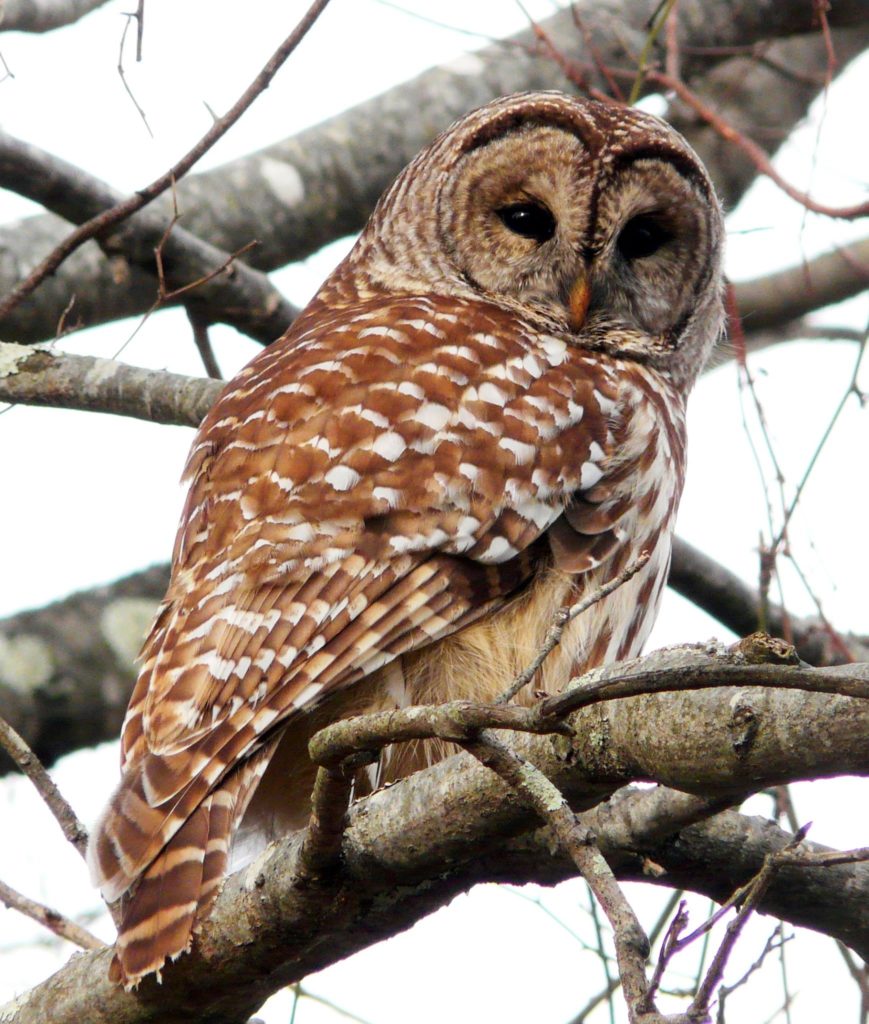In Your Words is a regular feature of Mass Audubon’s Explore member newsletter. Each issue, a Mass Audubon member, volunteer, staff member, or supporter shares his or her story—why Mass Audubon and protecting the nature of Massachusetts matters to them.
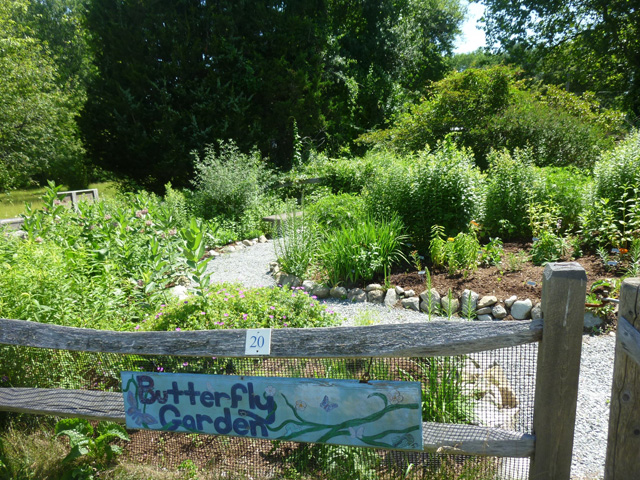
The Butterfly Garden at Stony Brook Wildlife Sanctuary
The Butterfly Garden Team began in 2012 with the mission of creating outdoor spaces that welcome and nourish butterflies and other pollinators. When Jessica Watson, Stony Brook’s Volunteer Coordinator, presented us with the opportunity to restore the butterfly garden at the Stony Brook Wildlife Sanctuary, it gave us a chance to do something we love right in our hometown. For us, Stony Brook has been a peaceful refuge from the stresses of work, a place to meet friends, and a way to get up close and personal with the local wildlife.
The Stony Brook garden was planted in the 1990s, but was in need of attention. Invasive vines and grasses and aggressive perennials had taken over most of the nectar and host plants.
With a lot of elbow grease and help from Stony Brook staff and volunteers, we renovated the garden section by section. We added two new types of milkweed for monarchs, as well as a variety of other nectar and host plants, mostly donated or started from seed. The walkway was cleared, widened, paved in crushed stone, and made universally accessible.
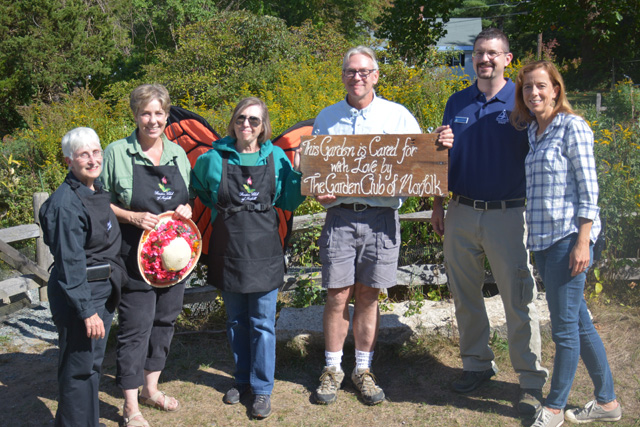
Butterfly Garden Team of the Garden Club of Norfolk at Stony Brook Wildlife Sanctuary
In 2016, we received a grant from the Massachusetts Master Gardener Association and used the funds to replace a hedge of invasive honeysuckle with native and pollinator-friendly perennials and shrubs. The garden is now a Certified Butterfly Garden and Monarch Waystation.
We love this little “sanctuary within a sanctuary,” and the butterflies and other pollinators seem to enjoy it, too. A variety of butterflies, moths, bees, and birds join us as we weed, water, dig, plant, and mulch. We’ve even seen monarchs return!
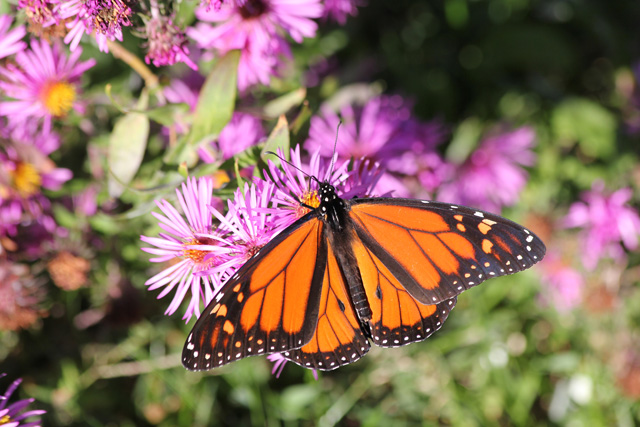
Monarch Butterfly spotted at the Stony Brook Butterfly Garden
Best of all, the garden is now serving its original purpose: providing information about gardening, butterfly habitat conservation, and natural history, and serving as a quiet haven where people can relax and observe the flowers and their visitors.
When we started this journey, we never imagined all we would gain in return. Working in the garden has brought us friendships, wonderful partnerships with Stony Brook staff and volunteers, and a sense of purpose and pride that comes from hard work and a beautiful garden.
Written by Members of the Butterfly Garden Team of the Garden Club of Norfolk: Martha Richardson, Stephanie Markham, Emily Nicodemus, and Michelle Noonan
More Resources:
- Want to start a butterfly garden of your own? Here are 5 tips for attracting pollinators to your yard
- Many Mass Audubon sanctuaries have pollinator gardens. Learn more and see if there is one near you!
- Learn more about the Butterfly Garden Team and the Garden Club of Norfolk on their website.


